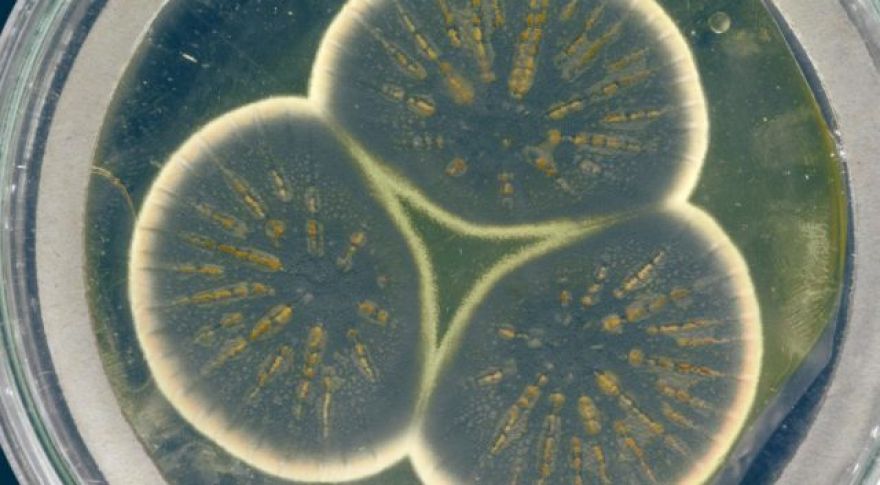
Scientists Sequence Genome of Mold That Gave Us Penicillin, the First Antibiotic
Fleming did not set out to change medicine in 1928, but he did notice that the Penicillium fungus growing in one of his petri dishes had effectively killed the cultured staphylococcus bacteria. It is from this mold that Fleming isolated Penicillin. Molds like Penicillium rubens produce antibiotic compounds naturally.
It would not be an exaggeration to say that Penicillin changed the world. It won Fleming a Nobel Prize in 1945. Recognizing the importance of the original strain (above), scientists cryogenically preserved it for future study. The UK team was interested in performing some experiments on that original strain but then realized no one had ever sequenced the genes of Fleming’s Penicillium. So that’s what they did.
The team compared the Fleming strain to two commercial strains of Penicillium mould developed in the US. The US strains were based on a wild strain found on a cantaloupe, but they were also the subject of early attempts at genetic manipulation and artificial selection. Scientists in the 20th century bombarded the fungus with X-rays and carefully cultivated the spores that produced the highest levels of penicillin.
Penicillium growing on an orange.
Mutating the genome boosted penicillin production, but the changes were not as dramatic as expected. The team looked at the genes for penicillin production and the genes that regulate that production. Interestingly, the regulatory system seems identical in Fleming’s mould and the mutated US strains. However, the US strains have more copies of the genes to produce the molecule. The team also found some differences in the encoding genes, which suggests natural evolutionary changes based on the bacteria the mould encounters in its natural environment.
By learning more about how Penicillium rubens changed to serve humans, we might discover new methods of cultivation and optimization. The team has made the study so anyone can check out the sequence.
Now read: